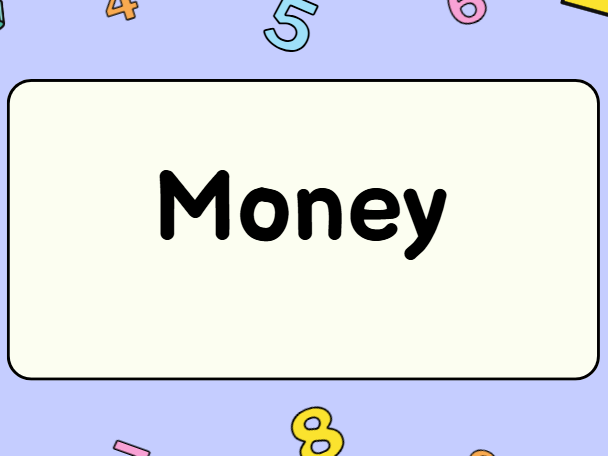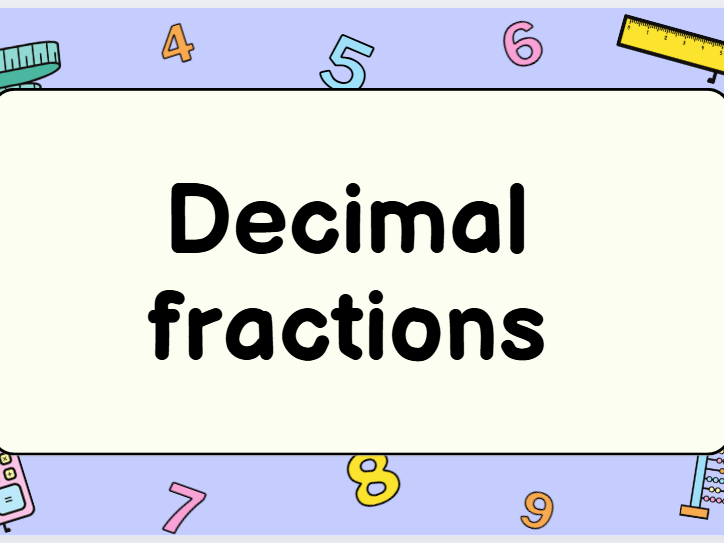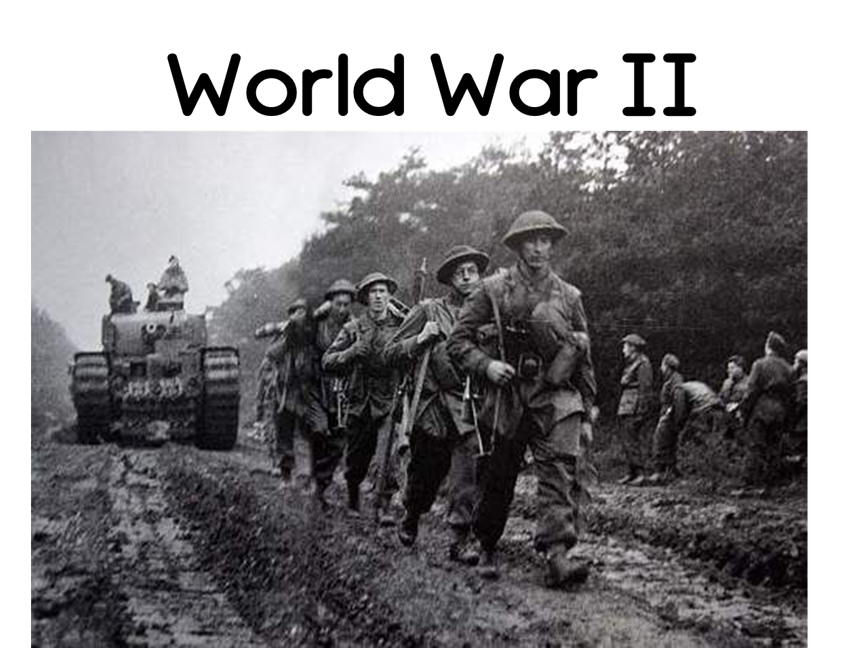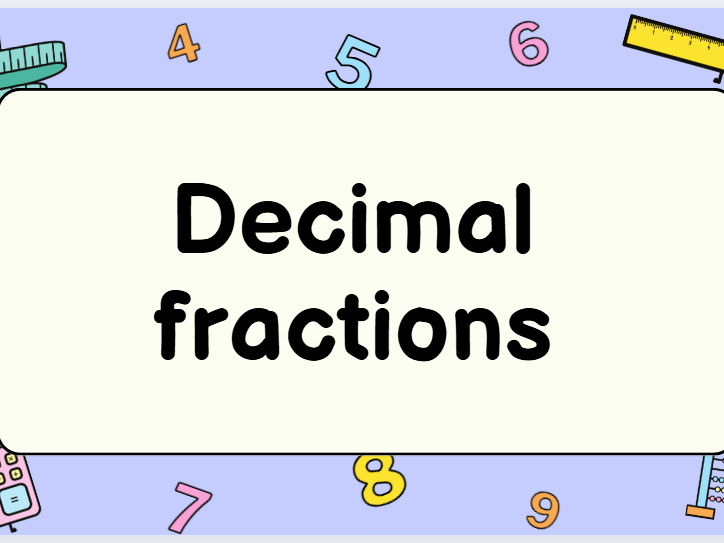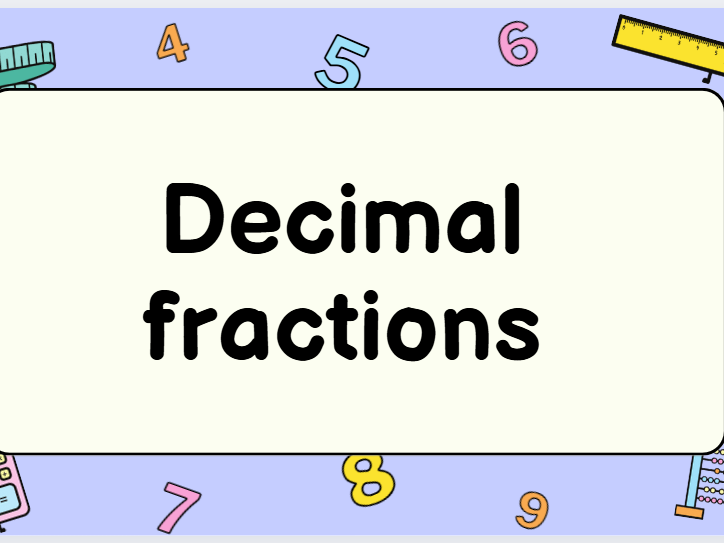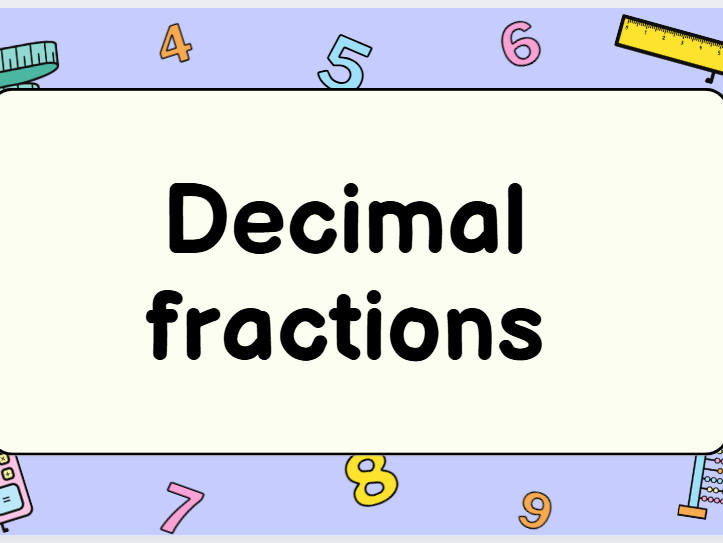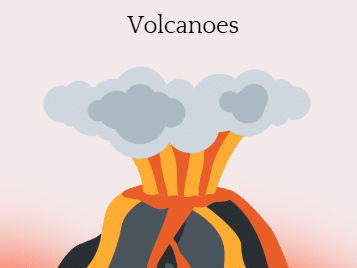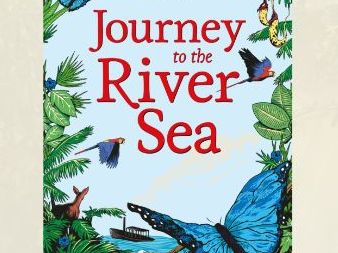
24Uploads
199Views
0Downloads
All resources

Year 5 maths - Money
This comprehensive, NCETM-aligned money unit includes everything you need to confidently teach money in KS2âstructured PowerPoint lessons paired with engaging task sheets to ensure deep understanding and fluency.
Carefully sequenced following NCETM small steps, this resource builds key number sense and supports children in applying efficient mental and written strategies when working with money.
Covers 6 Key Learning Steps:
Representing pounds and pence (including decimal notation)
Adding prices mentally using near multiples and adjusting strategies
Calculating change from notes and coins
Selecting the most efficient strategies for addition
Subtracting amounts of money
Finding change when purchasing multiple items
Whatâs Included:
Step-by-step PowerPoint lessons packed with visuals, modelling, and guided practice
Printable task sheets that match each stepâideal for independent work or homework
Reasoning and problem-solving tasks to stretch understanding
Word problems and real-life contexts to make learning meaningful
NCETM progression structure and vocabulary embedded throughout

Y5 maths - Decimal fractions part 1
Decimal fractions unit part 1 following NCETM
In the unit the following is covered:
1 Pupils identify tenths as part of a whole
2 Pupils describe and represent tenths as a decimal fraction
3 Pupils count in tenths in different ways
4 Pupils describe and write decimal numbers with tenths in different ways
5 Pupils compare and order decimal numbers with tenths
Powerpoint and tasks included.

WW2 history planning - Lesson 1
Lesson 1 - When and why did WW2 happen?
Includes: powerpoint slides
Knowledge notes (key vocabulary)
Tasks

WW2 history - Lesson 5
How should we remember WWII?
Includes:
powerpoint
Knowledge notes (key vocabulary)
Tasks

WW2 history - Lesson 4
How did the war change everyday life in Britain?
Includes:
Powerpoint
knowledge notes (key vocabulary)
Tasks

WW2 history -Lesson 3
What was it like to be a child evacuee?
Includes:
powerpoint
Knowledge notes (key vocabulary)
Task

WW2 history planning - Lesson 2
What was the Blitz and how did it affect children in Britain?
Includes:
powerpoint
knowledge notes (key vocabulary)
Tasks

Year 5 maths - Decimal fractions part 2
Decimal fractions unit part 2 following NCETM
In the unit the following is covered:
1 Pupils explain that decimal numbers with tenths can be composed additively
2 Pupils explain that decimal numbers with tenths can be composed multiplicatively
3 Pupils use knowledge of column addition and subtraction to calculate with decimal numbers
4 Pupils use representations to round a decimal number with tenths to the nearest whole number
Powerpoint and tasks included.

KS2 Geography: How Are Mountains Formed?
This ready-to-use lesson resource explores how and where mountains are formed, ideal for Key Stage 2 learners studying physical geography. It provides clear, structured teaching on tectonic plates and mountain types, with interactive and accessible content.
Whatâs included:
Engaging PowerPoint slides explaining tectonic plates, plate boundaries, and different types of mountains.
Retrieval practice activities to reinforce key vocabulary and understanding of Earthâs structure.
âWho is correct?â reasoning task to encourage critical thinking and explanation skills.
Gap-fill task using key terms like âcrustâ, âtectonic platesâ, and âslowlyâ to support sentence construction and scientific language.
Focus on fold mountains, clearly linking tectonic activity to mountain formation.
Includes continent names and mapping context to broaden geographical understanding.

KS2 Geography: Why and Where Do We Get Volcanoes?
This fully resourced lesson pack introduces children to volcanoesâhow they form, where they are found, and the different types. Perfect for lower KS2, this lesson supports understanding of plate tectonics and volcano classification in an accessible, engaging way.
Included in this pack:
Clear explanations of tectonic plates, plate boundaries, and volcanic mountain formation.
Retrieval task: âHereâs the answer⊠what was the question?â activity to deepen thinking and link cause and effect.
Compare and contrast activity for shield vs. composite volcanoes using diagrams and key features.
Geography link to the âRing of Fireâ and global volcanic locations.
Independent research task using child-friendly websites like Kiddle to explore types of volcanoes.
Key vocabulary and visual supports to scaffold learning.

Year 5 maths - Decimal fractions part 3
Decimal fractions unit part 3 following NCETM
In the unit the following is covered:
1 Pupils identify hundredths as part of a whole
2 Pupils describe and represent hundredths as a decimal fraction
3 Pupils describe and represent hundredths in different ways
4 Pupils compare and order decimal numbers with hundredths
5 Pupils explain that decimal numbers with hundredths can be partitioned in different ways
Powerpoint and tasks included.

Y5 maths - Decimal fractions part 4
Decimal fractions unit part 4 following NCETM
In the unit the following is covered:
1 Pupils convert between and compare metres and centimetres
2 Pupils explain that different lengths can be composed additively and multiplicatively
3 Pupils use knowledge of decimal place value to solve problems in different contexts
4 Pupils use knowledge of column addition and subtraction to calculate with decimals: tenths and hundredths
5 Pupils round a decimal number with hundredths to the nearest tenth
6 Pupils round a decimal number with hundredths to the nearest whole number
7 Pupils read and write numbers with up to 3 decimal places
8 Pupils compare and order numbers with up to 3 decimal places
Powerpoint and tasks included.

KS2 Geography: What Are the Effects of a Volcanic Eruption?
his comprehensive and thought-provoking lesson pack explores the positive and negative effects of living near volcanoes. Designed for lower KS2 pupils, it balances factual learning with enquiry and empathy, helping children evaluate human choices and environmental impact.
Included:
Clear explanations of key vocabulary: active, dormant, extinct volcanoes.
Case studies featuring real volcanoes and population data (e.g. Mount Vesuvius, Hainan, Dieng Complex) to give global context.
Pros and cons activity: children explore benefits like fertile soil, tourism, geothermal energy, and jobs vs. dangers such as tsunamis, forest fires, and loss of life.
Discussion and reflection tasks such as âWhich reason is most significant and why?â to promote deeper thinking.
Retrieval and vocabulary support to reinforce prior learning about volcanoes and tectonic activity.

KS2 Geography: Layers of the Earth
This engaging and fully-prepared lesson resource focuses on the structure of the Earth, ideal for lower Key Stage 2 students. Designed to be clear, interactive, and accessible, this pack includes:
Detailed slides explaining the four layers of the Earth (crust, mantle, outer core, inner core) using child-friendly language.
Retrieval activities to activate prior knowledge and promote deeper thinking.
Visual aids and labelling tasks to support understanding of tectonic plates, magma, and Earthâs composition.
âWhat am I?â quiz questions to consolidate learning and boost recall in a fun, engaging format.
Useful vocabulary and numbers highlighted to build subject-specific language and numeracy skills.

KS2 Geography: What Are Earthquakes?
This structured and informative lesson introduces lower Key Stage 2 pupils to earthquakes: what they are, how they form, and their impact on people and the environment. Perfect for linking physical geography with real-world natural hazards.
Included in this lesson pack:
Clear explanations of tectonic plates, fault lines, seismic waves, focus, and epicentre.
Tsunami connection explained clearly, showing the link between undersea quakes and coastal effects.
Differentiated information texts (standard and simplified versions) for accessibility and comprehension.
Retrieval & reflection questions such as:
What causes earthquakes?
What is the difference between the focus and epicentre?
Which is the worst effect for humans, and why?
Visual aids and vocabulary banks to support learners in using scientific terms accurately.
Discussion and reasoning tasks to promote deeper thinking and class debate.
Bundle

WW2 History planning - Full Unit - KS2
Dive into an immersive KS2 history journey with this comprehensive World War II planning bundle! Perfect for engaging your class in thoughtful inquiry, this resource guides children through key historical questions such as:
What was WWII and why did it happen?
What was the Blitz and how did it affect children in Britain?
What was it like to be a child evacuee?
How did the war change everyday life in Britain?
How should we remember WWII?
This bundle is ideal for encouraging historical thinking, empathy, and understanding of how the war impacted ordinary livesâespecially those of children. Packed with thought-provoking lessons, clear progression, and opportunities for cross-curricular links, this planning set will save you time while delivering high-quality, meaningful learning.

RE Planning â What Is the Best Way for a Christian to Show Commitment to God? (KS2)
Engaging, Thought-Provoking, and Ready to Teach!
This fully resourced 5-lesson RE unit explores a big question that inspires deep thinking and rich discussion:
âWhat is the best way for a Christian to show commitment to God?â
Designed for KS2 pupils, these lessons combine moral dilemmas, real-life stories, biblical teaching, and reflective activities that develop pupilsâ understanding of Christian beliefs, values, and personal commitment.
Whatâs included:
5 structured, editable PowerPoint lessons
Discussion-rich scenarios on truth, lies, and moral choices
The inspiring story of Corrie and Betsie Ten Boom
Exploration of the Ten Commandments and Fruits of the Spirit
Interactive group tasks and ranking activities
Poetry-based reflection on personal commitment
Opportunities for SMSC development and critical thinking
Each lesson builds on the last, helping pupils consider different Christian perspectives and evaluate whether there is a âbestâ way to show faith in action. This unit encourages empathy, reasoning, and respect for diverse beliefs.
Perfect for:
KS2 RE or PSHE curriculum
Teachers seeking high-quality, time-saving planning
Promoting spiritual and moral development in a meaningful way
Inspire your class to think deeply, question bravely, and reflect personally.

Writing unit - Character description - BFG
This English unit combines written tasks with reading and oracy activities. Throughout the unit, children will have opportunities to identify the key features of a character description and apply these techniques while practising character descriptions based on The BFG. The final outcome is for each child to write a character description of one of the other giants.
Perfect for lower KS2
All slides and task sheets are included.
Bundle

Geography - Volcanoes
This comprehensive Geography unit focuses on volcanoes, mountains, and earthquakes, aligned with the National Curriculum. It includes five fully resourced lessons, complete with slides and accompanying tasks.
By the end of the unit, pupils working at the expected standard will be able to:
Identify and name the four layers of the Earth in the correct order, providing one key fact about each layer.
Describe at least one process by which mountains are formed.
Name a mountain range and identify the continent in which it is located.
Define tectonic plates and explain how mountain ranges are associated with plate boundaries.
Accurately label the key features of shield and composite volcanoes, and explain how each type is formed.
Identify three different ways volcanoes can be classified.
Describe how volcanic activity occurs at tectonic plate boundaries.
Evaluate both the positive and negative impacts of living near a volcano.
Form and justify a personal opinion on whether they would choose to live near a volcano.
Explain that earthquakes result from movements along tectonic plate boundaries.
Understand that earthquakes occur at plate boundaries and describe their effects.
List several potential negative impacts of earthquakes on communities.

Journey to the River Sea - KS2 English: Reading Comprehension & Vocabulary
This engaging and vocabulary-rich reading comprehension pack is perfect for Years 4â6. It includes a mix of guided reading, independent inference tasks, and word work using a mix of a well-known text (Journey to the River Sea by Eva Ibbotson extract chapter 1) and original writing.
It prioritises oracy and structured discussion over written comprehension, encouraging pupils to explore meaning through talk, shared thinking, and vocabulary play.

